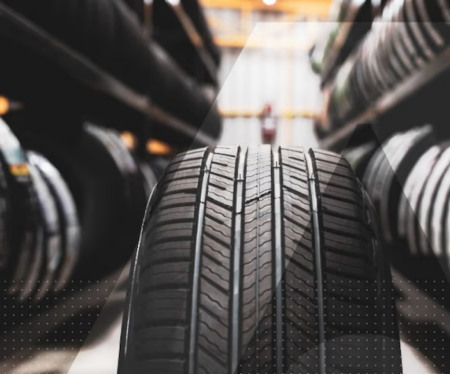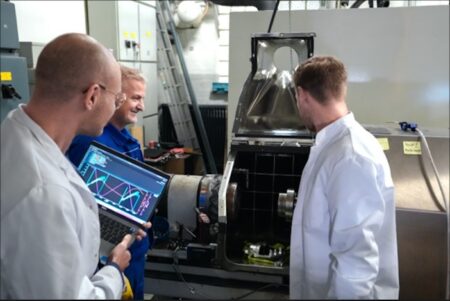IEST, the technical association for professionals in the field of environmental testing, has released IEST-RP-DTE011.2: Mechanical Shock and Vibration Accelerometer Selection. This Recommended Practice (RP) provides guidelines for selecting accelerometers to measure shock and vibration in laboratory and field testing environments.
Vice chairman of IEST-WG-DTE011 Patrick Walter stated, “This RP is particularly valuable because it is effectively organized to serve as both a ready reference source and a comprehensive training aid. IEST-RP-DTE011.2 can provide the basis for training engineers, technicians, and quality assurance personnel to assure the most valid and accurate acceleration measurements.”
The RP contains information on the most popular types of accelerometers, their principles of operation, performance characteristics, and comparisons of advantages and disadvantages. Additional sections discuss specific applications, with recommendations to assist in selecting the best accelerometer for those situations.
Updated by a working group comprised of a range of industry experts (manufacturers, users, consultants and stakeholders), IEST-RP-DTE011.2 contains sections on accelerometer types for shock and vibration, dynamic characteristics, environmental characteristics, accelerometer installation, accelerometer recalibration, and accelerometer selection by application.
This IEST Recommended Practice concentrates on mass-spring type accelerometers, with the sensing element(s) represented by the spring. Recommendations are made in terms of performance characteristics rather than instrument construction, brand or model number. Various sensing technologies are discussed in detail to provide a good understanding of design trade-offs.




